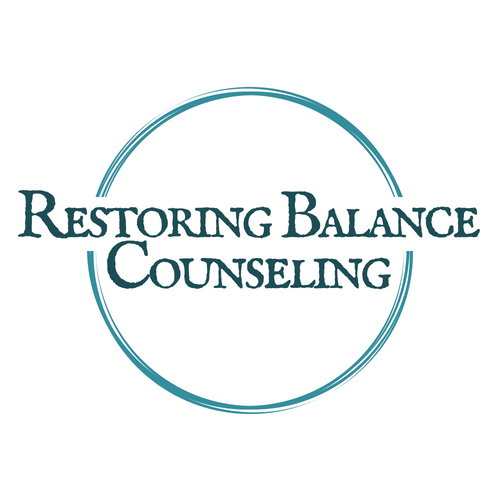Panic attacks can be exhausting and draining. After a panic attack, it’s important to look after ourselves and to focus on self-care due to going through such a difficult experience. The physical symptoms could include:
“Racing" heart
Feeling weak, faint, or dizzy
Tingling or numbness in the hands and fingers
Feeling sweaty or having chills
Chest pains
Breathing difficulties
Also, the emotional toll is high including sense of terror, or impending doom or death, and
feeling a loss of control.
What are some things to keep in mind after you experience a panic attack? Generally, it involves a focus on acceptance and then working toward grounding yourself to the present moment in order to allow your body to regulate back a state of calm.
-Proceed Slowly and Methodically.
When we have a panic attack, our heart rate and breathing speed up. Our brains can go at lightning speed, turning our thought process into a wave of garbled messages and we can lose connection with any one of the thoughts, let alone make sense of them. Once a panic attack is over and starts to subside, there is no need to rush straight into doing lots of different things. Simply taking a few deep breaths, sitting down, and taking stock of what we are doing in that moment for a few minutes can provide us enough space to get our feet under us before proceeding. When we do start going back to whatever it is we were doing, we can benefit from taking one thing at a time and focusing attention on it. If it feels like too much then we can stop again and take some more time out. A panic attack can leave us feeling really drained and very tired. It’s absolutely okay to do what we need to do to look after ourselves. Most important is to orient yourself to a direction and move, not to concern yourself with how much you get done.
-Hydrate and Nourish.
The sensation of drinking a hot or cold beverage can help to ground us to the moment, especially if we focus on the sensations we experience in the act. Panic attacks can often dry our mouth out and cause us to sweat which can leave us feeling dehydrated, so drinking can help with this too. Be aware that it’s best to avoid caffeine or alcohol after a panic attack because caffeine is a stimulant which can leave us feeling more anxious, and alcohol can be a depressant. Due to a panic attack, we can feel devoid of much energy afterward, so sometimes we can benefit from eating something to give our bodies energy it can use for recovery and regulation of hormones and brain chemicals released. Also, as with fluids, the sensation of tasting, chewing, and swallowing can give us something to focus on, which can help us to calm down and breathe more steadily.
-Reduce The Stimulation.
We often have stimulation coming at us from all sorts of places. This could include things like light, phone notifications, TV, a computer screen, conversation, the radio, the feeling of different clothes on our skin, and things that we can smell. All of this information flooding in can be overwhelming when we’re already incredibly anxious and dysregulated.The key thing to keep in mind is that we don’t want stimulation that is coming at us and random, we want to use our senses to come in contact with the world around us (we are in control). Trying to reduce the amount of stimulation around us can help us to feel calmer. We could do this by trying things like lowering the lighting, putting our phone on silent, turning off the TV, computer, or radio, and using a weighted blanket.
-Reach Out And Talk To Someone.
After a panic attack, talking to someone can often be helpful. It can be helpful to talk about things which could have contributed to our panic attack and could contribute to another panic attack. Having the space to talk to someone about what we’ve experienced and the thoughts we’ve been having can provide another perspective on our anxieties. It can also help us to problem solve and to find ways of coping with things that we’ve been struggling with. Sometimes we might not want to talk about our struggles and talking about something totally different can be a welcome way to refocus our attention. Everyone is different and there will probably be times when we don’t want to speak to anyone at all, but having a list of people we can call on gives us the option.
-Take Time To Reflect.
Once we’ve regulated ourselves through grounding and soothing after a panic attack, it can be helpful to reflect on what happened, either alone or with someone else. Reflecting on what may have led to the panic attack (thoughts, emotions, physical sensations, environmental cues), the way we coped with it, and whether or not this way of coping was helpful, can help us to cope with future panic attacks in a way that is helpful to us moving forward. Reflecting on the way we coped with a panic attack can allow us to build on our helpful coping skills which will hopefully help us to phase out our less helpful coping mechanisms.
If you, or someone you know, is struggling with panic symptoms, and you would like to build skills in self-care, consider contacting me at (717) 288-5064 / gregghammond@restoringbalancelancaster.com and schedule an appointment today.


